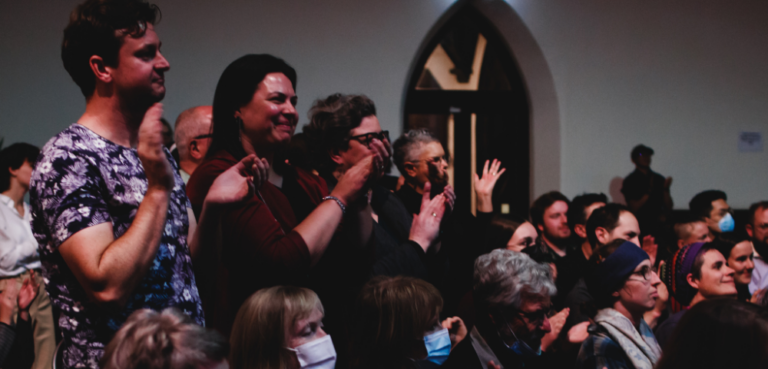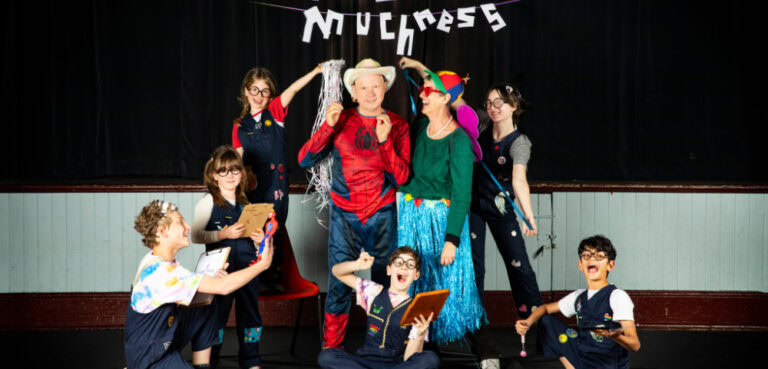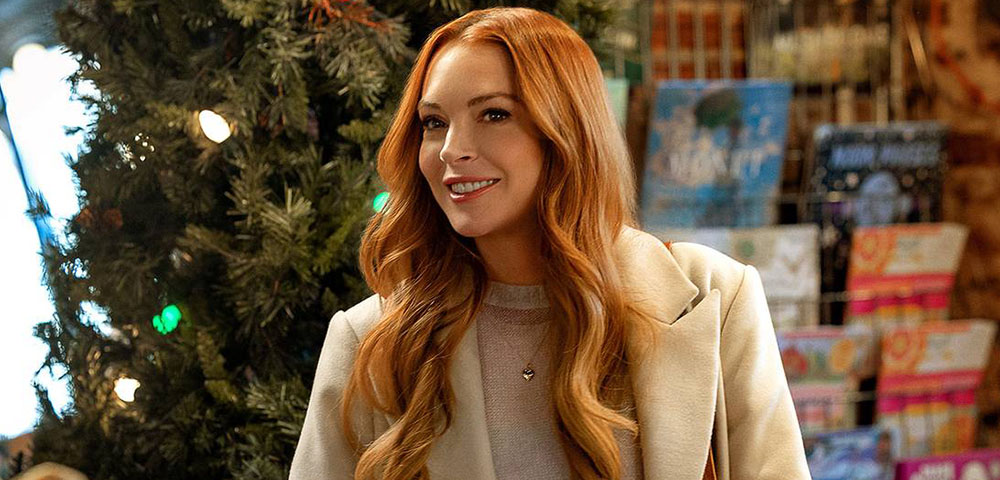
Landmark ABS Statistics Show one in 20 Australians Are Queer

Earlier today, Australian Bureau of Statistics (ABS) released the first ever estimates of LGBTI+ populations in Australia.
In a new approach, the ABS combined data from nearly 45,000 people who responded to one of four recent ABS health surveys to come up with these statistics.
4.5 per cent of all Australians 16 years and older identify as being part of the LGBTI+ community, equating to more than 900,000, or almost one in 20.
This number is higher in younger generations, with 9.5 per cent of 16-24 year olds identifying as LGBTI+, but only 1.4 per cent of those 75 years or older.
About 740,000 Australians are lesbian, gay, bisexual or use a different term to describe their sexual orientation. That’s 3.6 per cent of Australians. One in three LGB+ Australians are married or in a de facto relationship.
Nearly 1 per cent of Australians are trans and gender diverse, amounting to around 178,900 Australians, and around 63,000 people reported being intersex, which equates to .3 per cent of the population.
However, we know that these statistics are not necessarily representative of the entire population.
“I’m glad of engagement by the ABS over many years to find ways of respectfully counting intersex people,” said InterAction for Health and Human Rights Executive Director Morgan Carpenter. “Misconceptions linking intersex to gender and sexuality, and legacies of clinical secrecy, make this complicated. These factors mean that the findings do not give us a count of people with innate variations of sex characteristics, but they provide a crucial first step that can be built on in the years ahead.”
Queer Australians are in every community
These statistics show that LGBTQIA+ Australians are a significant demographic dispersed in every community across the country.
“Our communities deserve to be counted and to feel seen. It’s significant when advocating for our rights, dignity and well-being that decision makers know just how many of us there are and where we live,” said Equality Australia CEO, Anna Brown. “We now know that that LGBTIQ+ people live in every part of Australia, in regional, rural, metro and remote areas, and this means local councils, service providers and government agencies will be able to better serve the needs of our communities.”
It’s important to keep in mind that these statistics are still experimental, but having them for the first time will help guide health and wellbeing services in their planning and funding allocations.
“While LGBTIQ+ Health Australia welcomes and appreciates the ABS’s continued commitment to improve data about the health and wellbeing needs of Australia’s LGBTIQ+ populations, it is the Census that provides the most detailed data,” said Nicky Bath, LGBTIQ+ Health Australia CEO.
“Although the 2026 Census will ask questions for the first time on sexual orientation and gender, the opportunity to capture reliable data on intersex people and the gender of people under 16 years has been missed.”
Currently the 2026 census will have one question about sexuality, which was added after initial plans didn’t include any questions on gender, sexual orientation, or variances in sex characteristics, despite it being one of Labor’s election promises.










Leave a Reply